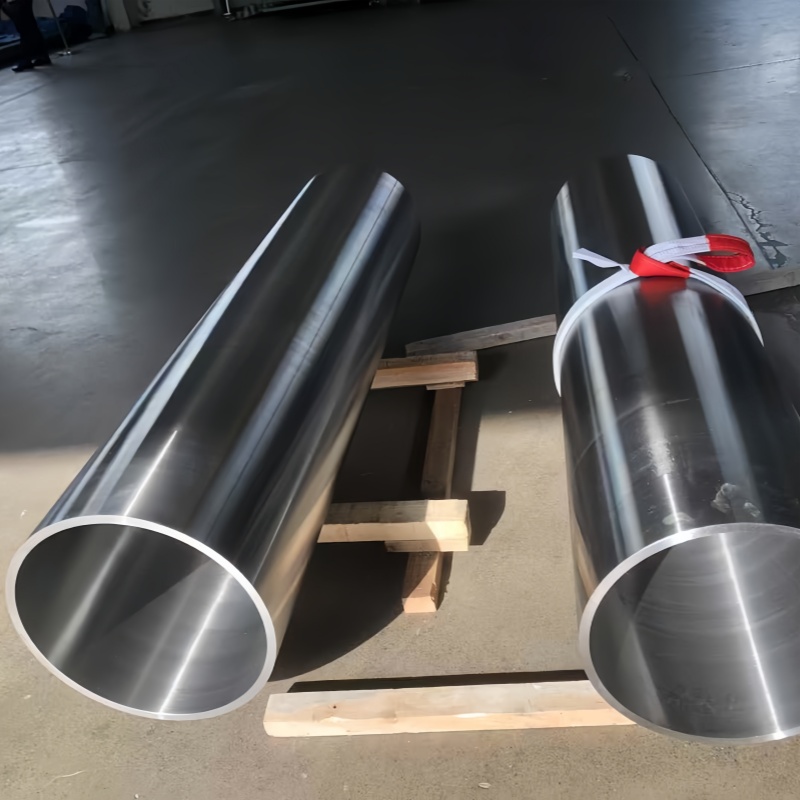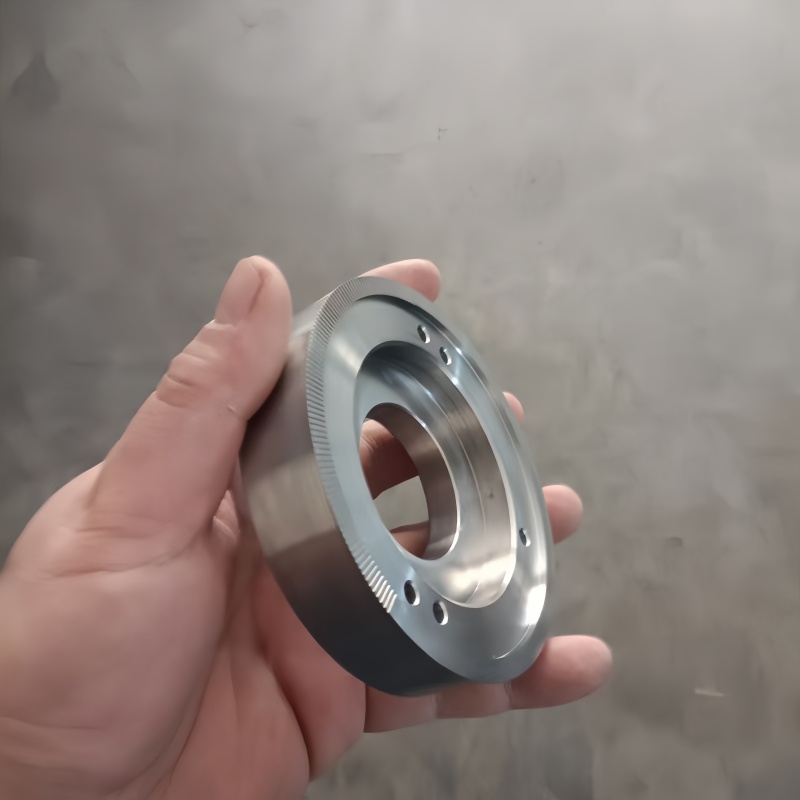
I've always wanted to talk about the topic of melting segregation, but I don't know where to start. It was in 2015 that the client first reported an anomaly called "segregation". That was my true contact segregation. I had only seen segregation in textbooks before.
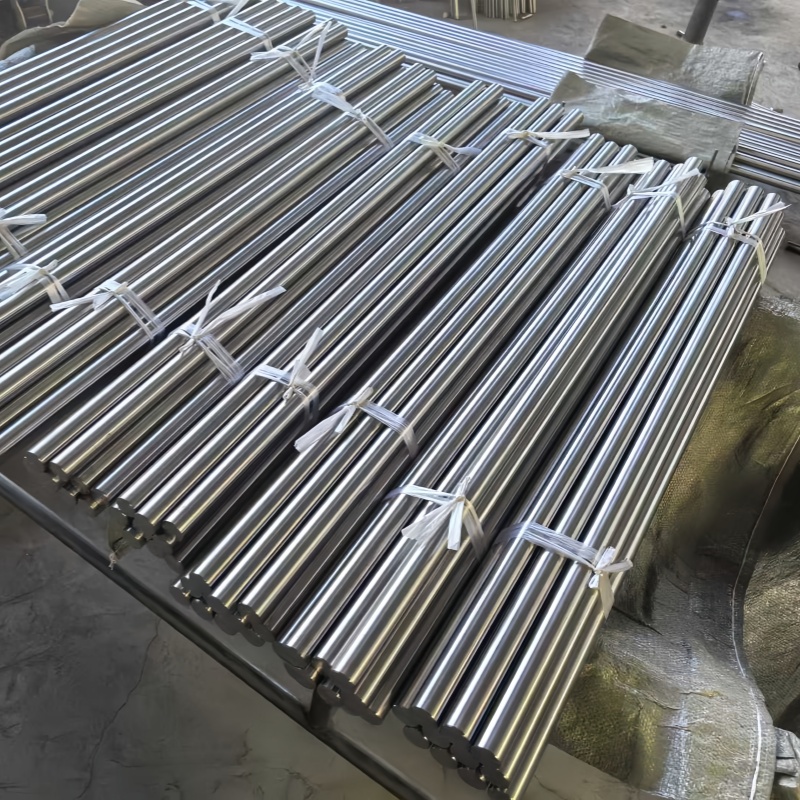
What is segregation: Segregation is the phenomenon where the constituent elements in an alloy are unevenly distributed during crystallization. In simple terms, it means that after the smelting process is completed, various elements are not mixed evenly. Segregation is invisible to the naked eye and can only be observed through a microscope.
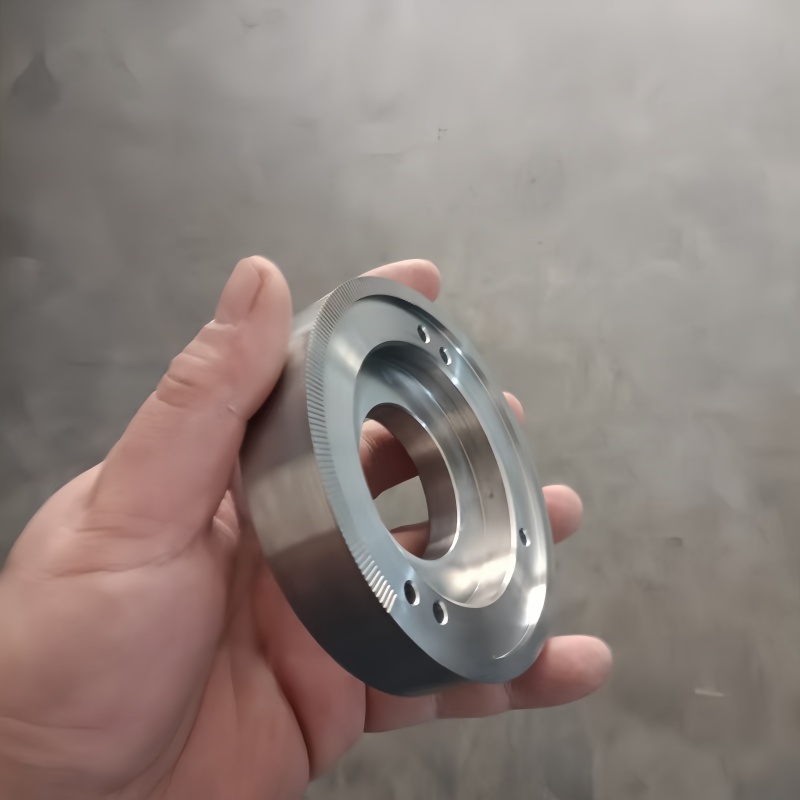
Segregation seriously damages the fatigue strength and plasticity of materials and is a fatal defect in titanium and titanium alloy materials. Segregation leads to the inhomogeneity of the internal composition of the material, thereby affecting the strength, toughness and plasticity of the material. Intra-grain segregation will cause the internal composition of grains to be uneven, resulting in a decrease in the mechanical properties of the alloy, especially in plasticity and toughness. Grain boundary segregation not only reduces the plasticity and high-temperature performance of the alloy, but also increases the tendency of hot cracking.

The segregation of titanium and titanium alloys generally comes from smelting segregation, and another type of segregation comes from forging. Today, I mainly talk about the vacuum melting (VAR) of titanium and titanium alloys.
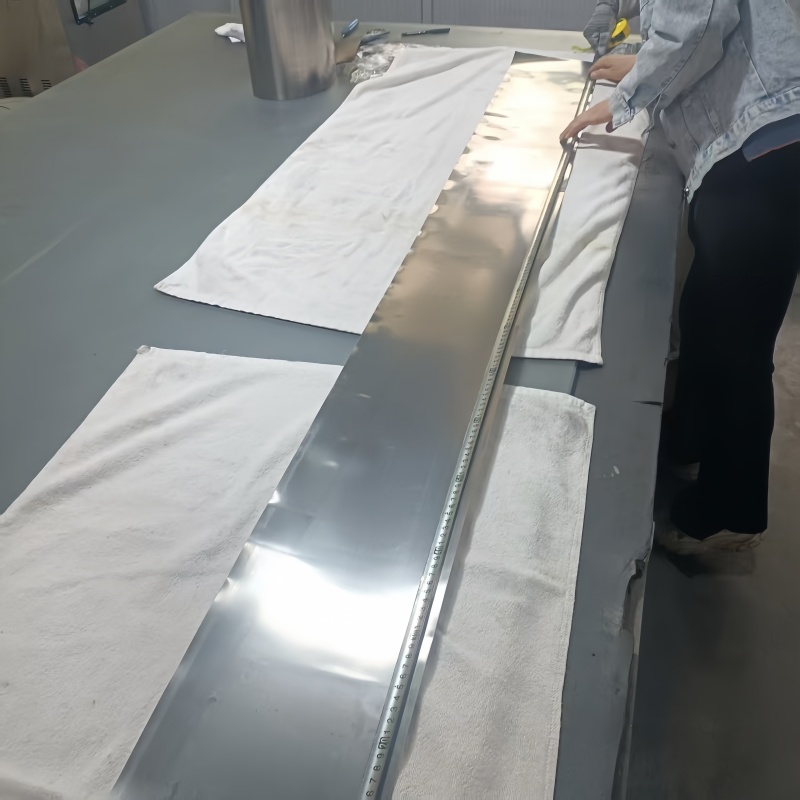
The segregation of titanium and titanium alloys mainly includes:
Segregation of low-melting-point elements. For example, in titanium alloys, aluminium has a lower melting point than other elements. During vacuum smelting, aluminum vapor is formed, causing a large amount of evaporation. Some of it is discharged out of the furnace, while the majority accumulates on the top of the titanium ingot, resulting in segregation.
To improve this segregation, when preparing the alloy package, increase the amount of aluminium appropriately. The general increase amount is determined based on empirical values and the actual situation of the furnace.
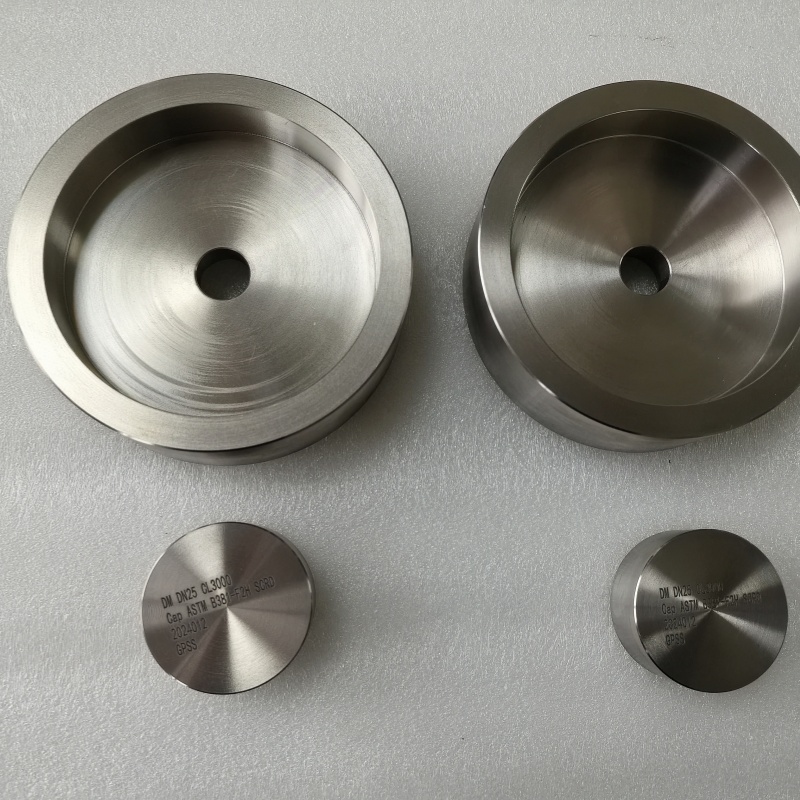
2. Segregation of high-melting-point and high-density elements. Because the smelting temperature is lower than the melting point of the component, the added component is prone to fall into the molten pool in a solid state. However, the temperature of the molten pool or the residence time in the molten pool is short enough to alloy it, causing segregation or inclusions. Titanium alloys with high molybdenum or niobium content are often prone to such segregation. The elimination measures mainly include the use of master alloy ingredients or the application of fine-grained high-melting-point elements, etc.
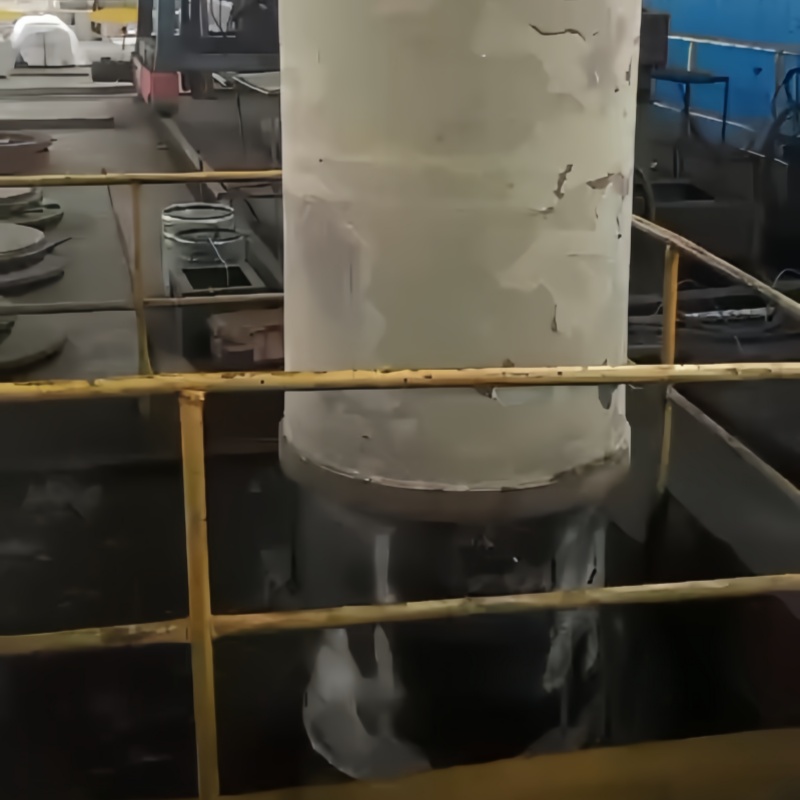
For example: When adding molybdenum element to TA15(Ti-6.5Al-1Mo-1V-2Zr), pure molybdenum powder needs to be used and stirred evenly. When sponge titanium is mixed in during the stirring, it is added separately. To ensure that molybdenum does not form large particles.
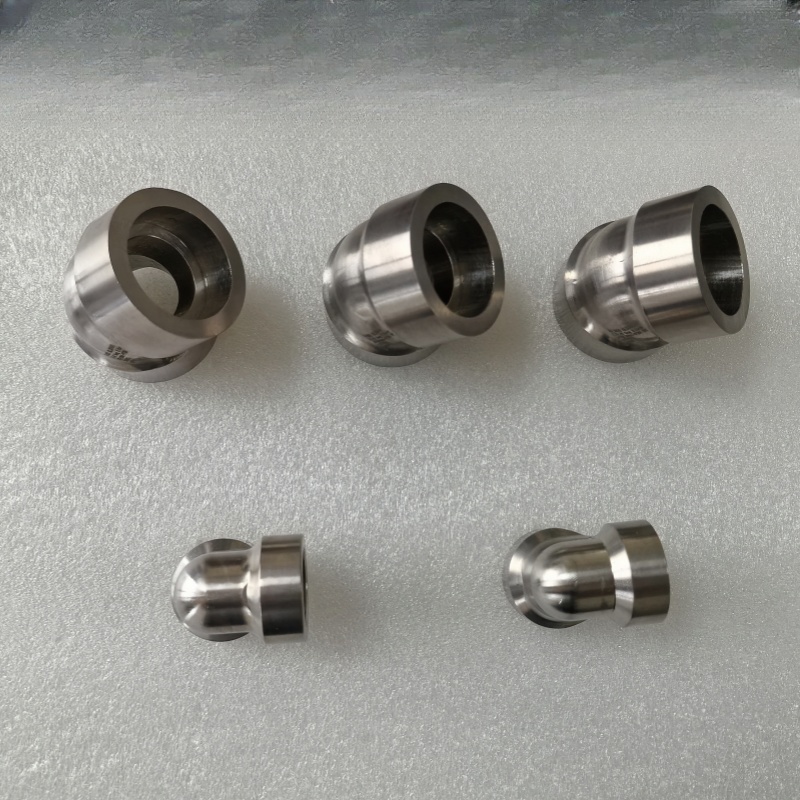
Youdaoplaceholder0 It is well known that titanium and titanium alloys are melted by vacuum melting technology (VAR), ingots are continuously raised from bottom to top in a crucible, cooled and then lifted out of the crucible. Compared with other melting equipment such as electron beam cold bed melting furnaces (EB furnaces), they have the advantages of low price and simple installation. However, there is a problem of segregation at the product end. This problem has always existed. It cannot disappear, but it can be reduced. How to reduce segregation is a relatively systematic issue and also one that tests the details of the work. Only by constantly sorting out relevant experience and analyzing the existing data can the segregation of titanium alloy smelting be effectively reduced.
